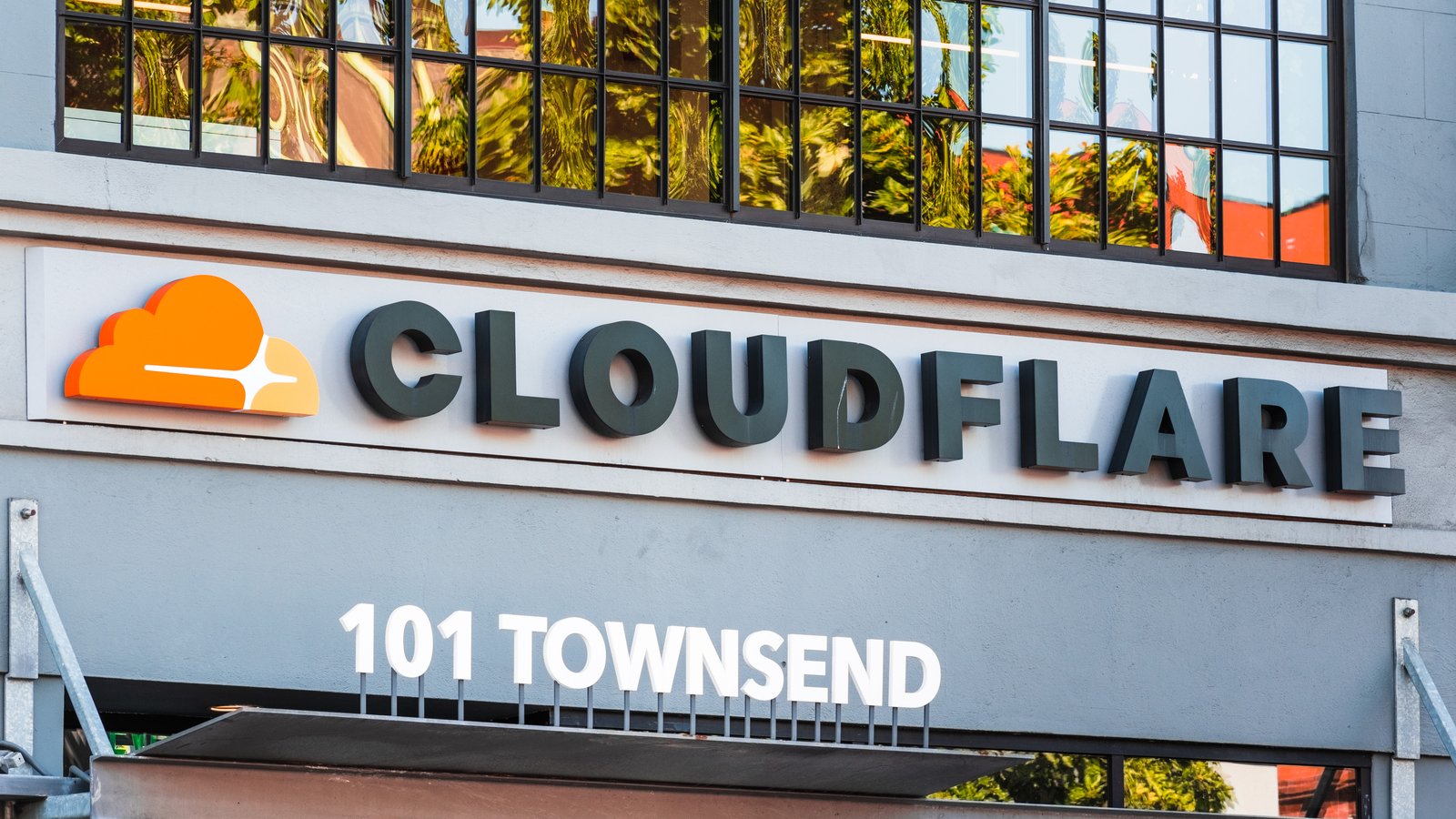Cloudflare (NYSE:NET), the cloud-based security technology company, produced excellent top-line numbers for Q3. However, NET stock has been falling lately, just as I predicted, mainly due to its overvaluation. Analysts are now starting to accept this and offering downgrades.

I recently wrote about this in my article last week. I want to expand on this further, as I ran out of room in that article. I want to describe the company’s cash burn situation.
Due to its cash burn and overvaluation, NET stock is down over 10% today, Dec. 14., to $129.84. My article last week initially said that I think the stock is worth just $112.50. But now I am considering lowering even that, as even that estimate is too generous.
Where Things Stand for Cloudflare Stock
Did I just say the company is burning cash, even though it produced good revenue growth? Yes, I did. Cloudflare’s cash flow statement clearly shows that its cash burn accelerated in Q3.
On top of this, the company also just announced a major acquisition, but gave no numbers. We don’t know how much Cloudflare just paid for Zaraz, another cloud security company, or how much it will help Cloudflare’s cash flow burn.
Let’s turn to the Q3 cash flow statement, as seen on page 15 of the company’s latest 10-Q filing. It shows that operating cash flow for the nine months ending Sept. 30 was just $24 million. Compared to 9-month sales of $358.1 million (see page 9), the operating margin was just 6.7%. That is not very high as we shall see below.
Moreover, this number is actually lower than the $30.95 million in operating cash flow the company had produced by the end of June 30. In other words, the operating cash flow during Q3 was negative $6.95 million (i.e., $24m-$30.95m). That is a kind way of saying that it burnt through cash in Q3.
Free Cash Flow Losses Higher
And that’s not all. We still haven’t discussed its free cash flow (FCF). This is equal to operating cash flow along with spending on capital items, such as property, equipment and software.
For example, for the nine months ending Sept. 30, Cloudflare had spent a cumulative amount of $64.65 million on property and equipment. In addition, capitalized internal-use software expenses were $11.05 million, for a total of $75.7 million in capital spending. If we deduct this from the cumulative $24.0 million in operating cash flow for the 9 months, the total FCF for the period was negative $51.7 million.
Moreover, this was much higher than the cumulative cash burn as of June 30, of just $11.99 million (i.e., $30.95 million in operating cash flow minus $42.94 million in capex and software spending).
So, during Q3 cash burn increased to almost $40 million (i.e., $51.7m-$11.99m). That is not sustainable in the long run for a highly valued stock like this.
Now, granted, Cloudflare is not going to run out of cash anytime soon. It has $618.2 million in cash on its balance sheet and $1.196 billion in additional marketable securities.
But the problem is that NET stock has a $43.577 billion market cap, according to Yahoo! Finance, even after falling another 10% today. That is simply too high for a company that is burning through cash, despite its high growth rate.
Where This Leaves Investors in NET Stock
As it stands now, Cloudflare stock still trades for 50 times forward revenue estimates of $866 million for 2022. If we divide its market cap of $43.577 billion by $866 million in 2022 revenue, we get a multiple of 50 times.
This is simply too high for any kind of company, despite its fast growth rate. Moreover, the fact that Cloudflare also has negative FCF, i.e., it’s burning through cash, makes the valuation less palatable.
So for the time being, as I discussed in my last article, most cautious investors will want to wait for NET stock to fall further. Once it’s below $112 or even lower, the company might be worth looking at, as I discussed in my last article.
On the date of publication, Mark Hake did not hold (either directly or indirectly) any positions in the securities mentioned in this article. The opinions expressed in this article are those of the writer, subject to the InvestorPlace.com Publishing Guidelines.
Mark Hake writes about personal finance at mrhake.medium.com and Newsbreak.com and runs the Total Yield Value Guide which you can review here.
